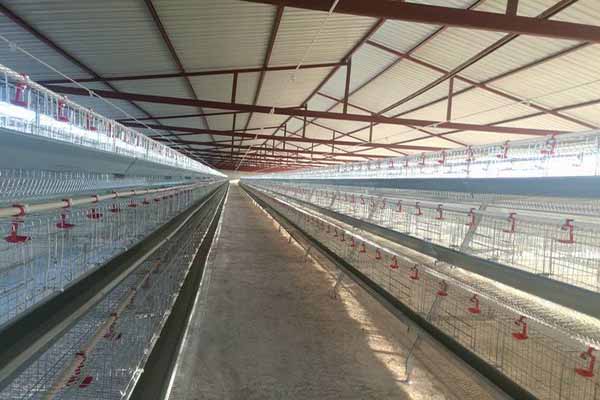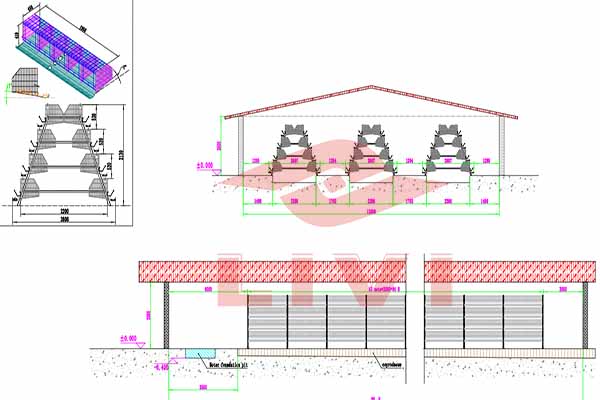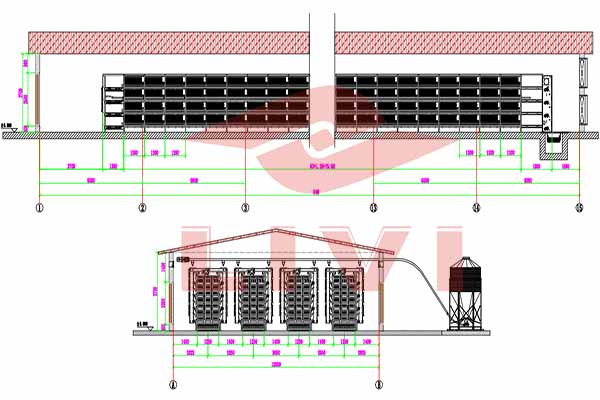How to Raise Chickens for Eggs and Meat: A Comprehensive Guide for Poultry Farmers
Understanding the Basics of Poultry Farming
Poultry farming is a vital industry that provides both eggs and meat. Whether you’re a beginner or an experienced farmer, understanding the fundamentals is crucial for a successful venture. In this article, we’ll delve into the key aspects of raising chickens for eggs and meat.
Choosing the Right Breed
The first step in poultry farming is selecting the right breed. Different breeds are suited for different purposes. For egg production, breeds like the Leghorn and Orpington are popular due to their high egg-laying capabilities. For meat production, breeds like the Cornish Cross and Ross are preferred for their rapid growth rate.
Setting Up Your Farm
A well-planned farm setup is essential for efficient poultry farming. Here are some key considerations:
- Location: Choose a location that is accessible, has a suitable climate, and is free from predators.
- Facilities: Invest in proper poultry farming equipment such as automated chicken cages, feeders, and waterers.
- Ventilation: Ensure your farm has adequate ventilation to keep the chickens cool and comfortable.
Feeding and Nutrition
Proper nutrition is crucial for healthy chickens. Here’s a breakdown of the feeding requirements:
- Broiler Feed: For meat production, broiler feed is formulated to promote rapid growth.
- Laying Feed: For egg-laying hens, a balanced diet rich in calcium and protein is essential.
- Supplements: Provide additional supplements like vitamins and minerals to ensure optimal health.
Health Management
Regular health checks and vaccinations are vital to prevent diseases. Here are some key health management practices:
- Regular Checks: Conduct weekly health inspections to identify any signs of illness early on.
- Vaccinations: Follow a vaccination schedule recommended by a veterinarian to protect your flock from common diseases.
- Sanitation: Maintain clean and hygienic conditions to minimize the risk of infections.
Cost Analysis
Understanding the costs involved in poultry farming is crucial for profitability. Here’s a quick overview:
- Capital Expenditure: Initial costs include land, buildings, poultry farming equipment, and initial stock.
- Operational Costs: This includes feed, labor, utilities, and other ongoing expenses.
- Revenue: Calculate the expected revenue from eggs and meat sales.
Conclusion
Raising chickens for eggs and meat requires careful planning, proper management, and a good understanding of the industry. By following the guidelines outlined in this article, you can set yourself up for a successful poultry farming venture.
For more detailed information and to receive a free poultry farming design plan and equipment quote, please leave a comment below or contact us directly. We’re here to help you every step of the way.





